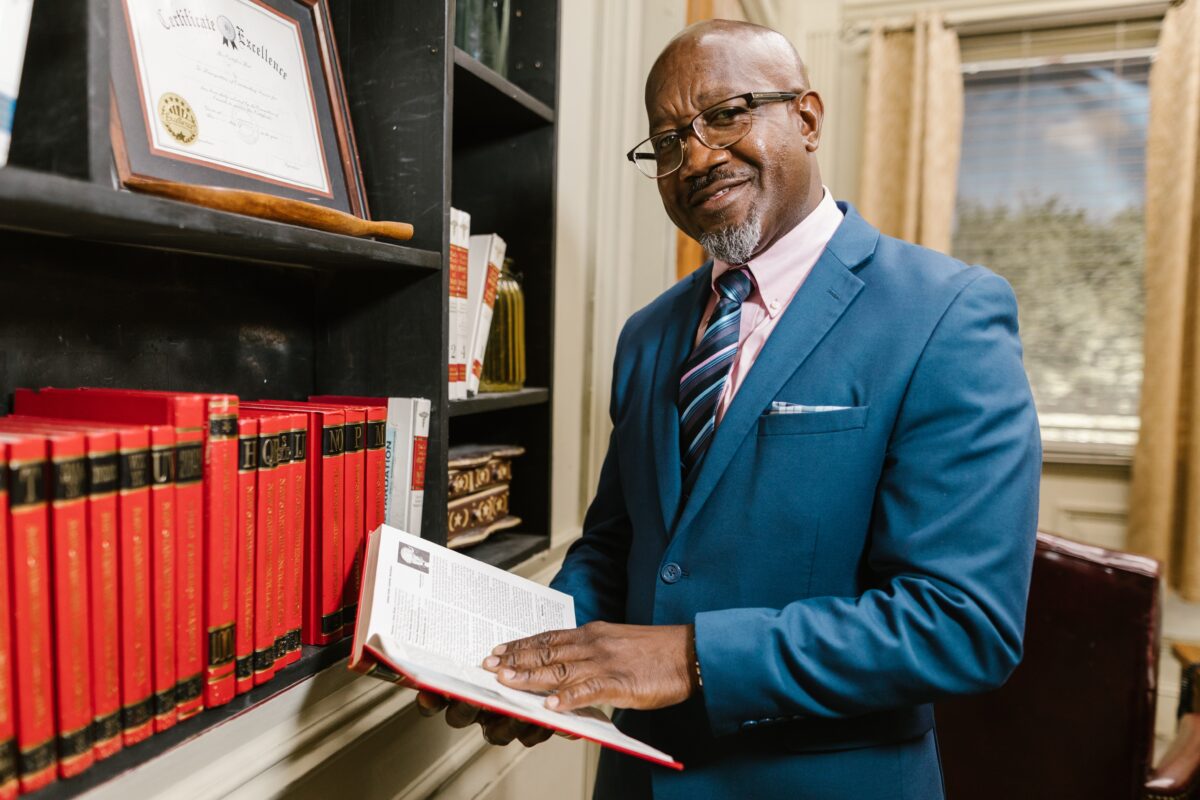This is the last in a series about the questions which Articling Students and new Associates should figure out about their firms when deciding whether to stay there over the long-term.
This time, I will speak about supervising lawyers (“SL”).

This is the last in a series about the questions which Articling Students and new Associates should figure out about their firms when deciding whether to stay there over the long-term.
This time, I will speak about supervising lawyers (“SL”).

There is a restaurant in Lakefield, Ontario called the Canoe & Paddle. On their regular menu is a panini called the “Ultimate Grilled Cheese” which comes with smoked bacon, cheddar, asiago, tomato, and garlic butter.
On their Kids & Seniors menu they offer a grilled cheese sandwich for which the ingredients are listed as “white loaf, cheddar.” They call this the “Grilled Cheese Please.”

This is the fifth in a series about questions that Articling Students and new Associates should consider when trying to size up their new firm.
This time I will address the most senior person in charge of the money. In your firm, this person could be called any of the following: Chief Financial Officer (“CFO”), Controller, Accounting Manager, Accountant or Bookkeeper.

This is the fourth in a series about questions that Articling Students and new Associates should ponder while trying to determine whether they have landed in the right place.
This time I will address the Chief Technology Officer (the “CTO”). Of course, being lawyers we need a definition, so let’s use this one from Alexander Gillis and others at techtarget.com:

In Parts One and Two, I set out some questions that articling students and young lawyers should ask about their firm’s Managing Partner and Practice Group Leader.
Today I will tackle the much trickier issue of the Chief Operating Officer (the “COO”).

In Part One, I set out some questions that articling students and young lawyers should ask about the Managing Partner. This time let’s talk about your Practice Group Leader (the “PGL”).

When articling students or young lawyers enter a law firm of any size for the first time, they see the carefully cultivated image that the law firm promotes and are often thrilled to be part of a legal fantasy world where every lawyer is dynamic, brilliant, experienced, strategic, and practical.
Over time they get to know the lawyers and other key players, and eventually figure out what is real and what is not.

I once proposed raising our hourly rates and was met with furious resistance by the head of our litigation department who assured me that no assessment officer would ever permit lawyers to charge the amounts that I had proposed. He was a brilliant litigator and he was completely correct. However, he was not much of a businessperson and had not considered how rarely our accounts were assessed. I was more than willing to lose all of the assessments and rake in the extra dollars on more than 99% of our files.

Those of you who do not attend partners meetings may not know that a common agenda item is why the associates are not working hard enough.
And those of you who follow the statistics are aware that only 25% of partners in Canadian law firms are female. This means that the problem is primarily defined by men, who identify the mothers of young children as part of the problem. Which indeed they are since they often undertake a disproportionate share of the childcare responsibilities and have less time to bill hours.

Law firm partnerships like to project the image of a cohesive unit. One strategy that they employ is to insist that although Partners may disagree with each other in a Partners’ meeting, once they leave the room, they all must support the group’s decision.
Another is to require that Partners act as though they like each other, especially when they don’t.